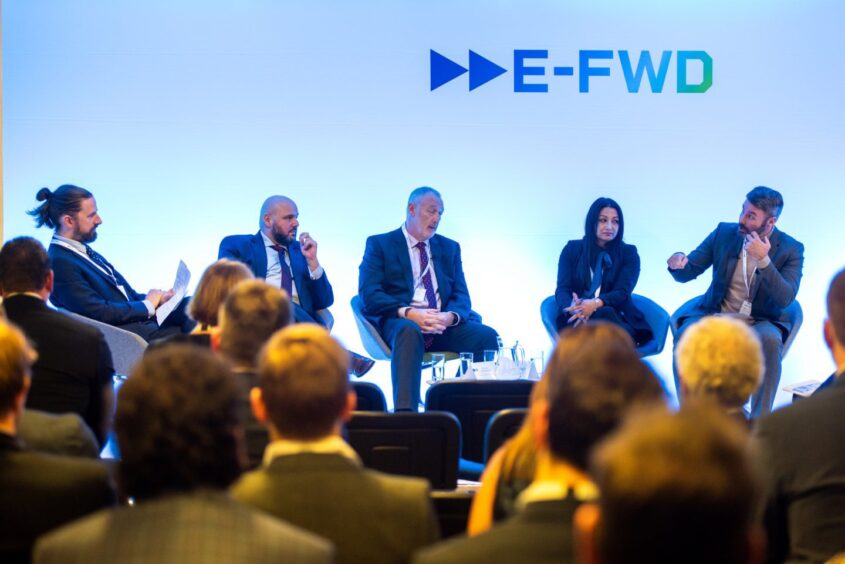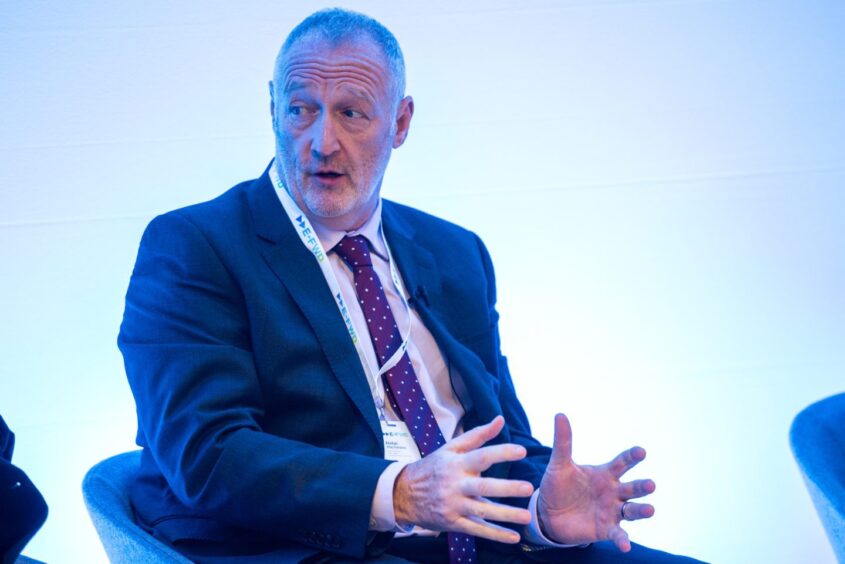
The Global CCUS Investment Index is now available, shedding light on where companies should invest in order to best capture the opportunities available in carbon capture.
It is clear the world needs to ramp up its CCUS capacity. Quite how much we will need CO2 we will need to store is a topic for some debate. It will depend on decarbonisation efforts in other areas to some extent.
The world currently captures around 40 million tonnes per year. In order to be able to achieve net zero goals, and sustain modern life, CCUS will play a crucial role.
To scale this up, private investment will be needed – and a number of companies are taking strides in this direction. Developing a CCUS industry requires a combination of factors, set out in the Global CCUS Investment Index.
Coming out top of GaffneyCline’s Global CCUS Investment Index is the US, followed by Canada. This success is largely driven by North America’s head start when it comes to CCUS, with enhanced oil recovery (EOR) playing a crucial role in early wins.
European states follow closely behind Canada, with net zero goals and carbon pricing acting as a driver. However, projects are less well advanced, with actual CO2 injections and final investment decisions (FIDs) not yet making progress.
Launch plans
These concerns, particularly in the UK context, were set out at the E-FWD launch event last week, held in Aberdeen.
A panel discussed the speed of the UK’s progress, with talk of ensuring that things did not go wrong.
Chevron’s Gorgon CCS project, part of an LNG project, has struggled for some years to deliver on its needed carbon capture. The state required Chevron to capture a certain amount of CO2, which it has struggled to achieve.
The UK’s cautious pace is intended to avoid projects going wrong as once this occurs, trust in the industry and government plans will be lost.
Eni reached an agreement in principle in October with the UK government, on the HyNet North West project. This could store 10mn tpy of CO2 by 2030, making a major contribution to the UK government target of 20-30mn tpy.
HyNet is one of the two projects in the UK’s Track 1 process. Earlier this year, the government set out its Track 2 candidates, naming Storegga’s Acorn and Harbour Energy’s Viking.
Strategic direction
The UK won praise from panellists at the E-FWD launch for its ambitions and strategy. However, the country, which ranked fifth in the GaffneyCline index, has less to show in terms of track record.
No CO2 has been sequestered, no FID has been taken and no commercial scale projects are in operation. At the event, speakers set out their hopes for projects to reach FID by this time in 2024.
While the first projects may be slow to start, once the model is proven, the next crop should have a clearer runway to execution.
A repeated point raised by E-FWD members was around strategic direction and the supply chain. There was desire for the government to step in and help drive uptake in this new industry.
Making the business case clear helps give companies confidence in their plans. The question of utilisation came up a number of times at the panel, as one area that can provide clarity for business planning.
Companies such as Eni, Storegga and Harbour all have options around where to invest, with all three companies operating internationally. The UK has a way to go to making its case for carbon capture companies, but it is clear the enthusiasm is there.
Click here to access the Global CCUS Investment Index.

 © Supplied by Kim Cessford / DC Th
© Supplied by Kim Cessford / DC Th